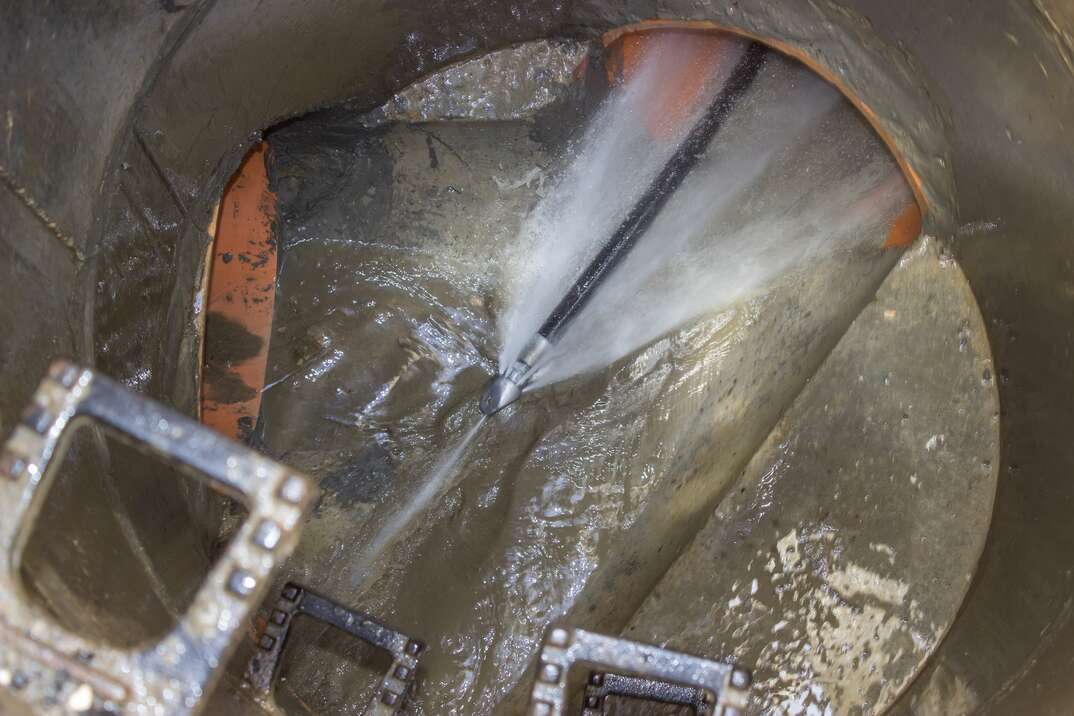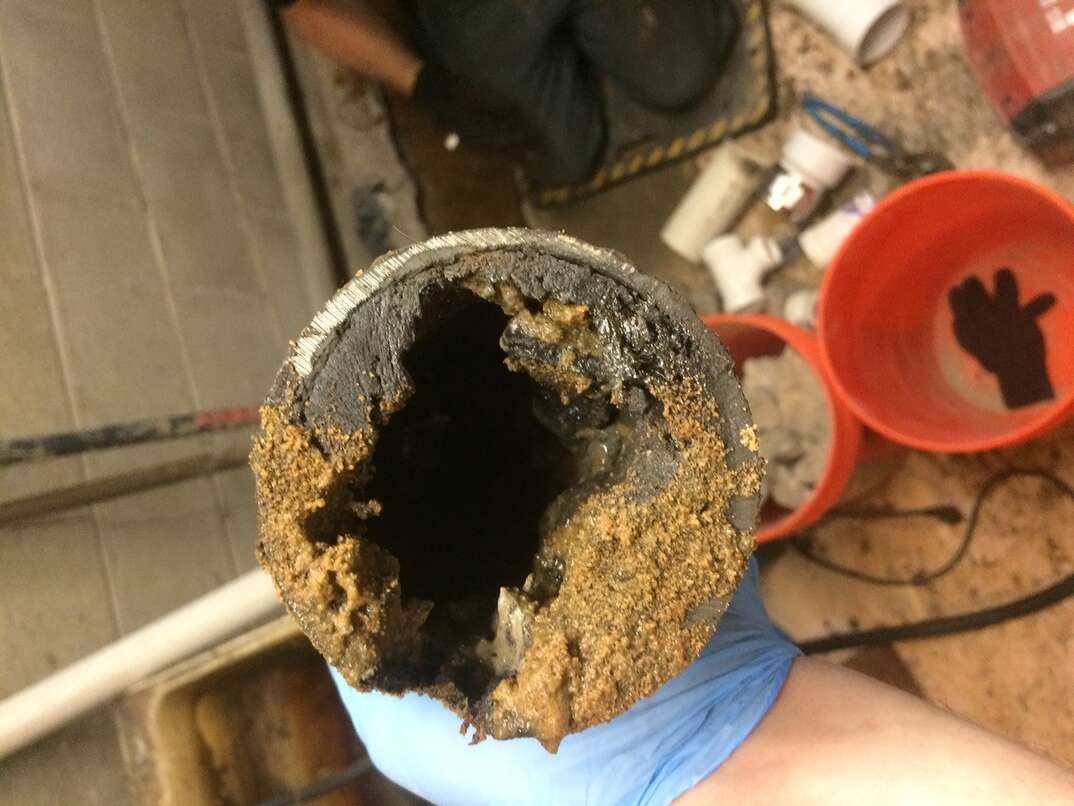What Is Hydrojetting? (If Your Plumbing Is Slow, You're Gonna Wanna Know)

Are things moving a little slowly in your plumbing system? Hydrojetting could help clear things up and keep the flow going.
This May Also Interest You: Got a Clogged Sewer Line? Here’s What to Do
This plumbing procedure is something a professional plumber can do to clear your pipes.
What Is Hydrojetting?
Hydrojetting is a plumbing service that uses high-pressure water to clean out plumbing pipes and sewer lines. It uses a special hydrojetting machine that forces water through the pipes to clean buildup from the walls and clogs from the lines. This specialty equipment features a hose with various nozzle types for different jobs. For example, there's a chisel-style nozzle that can help break up roots and other tough clogs.
Hydrojetting usually starts with a video inspection of the line to look for issues. Your plumber can see where the clog is located and what type of clog you have. The video inspection also lets the plumber verify that your plumbing can withstand hydrojetting — older or weak pipes might not be able to stand up to the high pressure. If hydrojetting is a good option for your situation, the hose goes through a drain or your sewer cleanout. Your plumber uses the equipment to direct the high-pressure water toward the clog and push it through the plumbing system.
When and Why Is It Done?
A plumber might suggest hydrojetting if you're having issues with your drains, especially if you've tried other solutions that weren't effective. Some specific issues might include:
- Slow drains
- Frequent backups
- Gurgling in the pipes
- Stinky drains
- Repeated clogs
These signs can indicate that you have buildup in your pipes or sewer lines that are slowing things down. Drains inside your home can have hair, grease, food, mineral deposits and other debris inside. Sewer lines can have buildup of the waste you flush. Tree roots are also a common cause of blockages in sewer lines.
Hydrojetting can break up the clogs and debris in your pipes to allow the water to flow better. It can keep the issue from getting worse and blocking the pipes completely or causing a major sewage backup in your home.
What Are the Alternatives to Hydrojetting?
Hydrojetting can be an effective way to clear blockages, but you have other options as well. These options include:
- Snaking: Plumbing snakes come in different sizes and styles based on their uses. They consist of long, flexible cables with augers on the end that break up debris. However, they can be difficult to control and could cause damage to pipes.
- Sewer rodding: This option is similar to snaking in that it uses a flexible metal cable. The end has teeth, which are available in different sizes to match the plumbing. An external motor moves the cable and teeth to break through the clogs.
Your plumber can offer a recommendation based on your situation. The condition of your pipes is often a factor in deciding how to clean drains.
More Related Articles:
- 9 Times When You Should Call a Plumber
- Pipe Burst? Here’s What to Do Next
- 3 Reasons Your Toilet Is Running — and How to Fix It
- Here’s How Your Home’s Plumbing System Works
- 9 Common Plumbing Myths — Busted
Pros and Cons of Hydrojetting
It's important to weigh the pros and cons of hydrojetting before choosing this method for cleaning your pipes and sewer lines. Some of the pros include:
- Effective way to improve drains
- Removes buildup rather than just making holes through clogs
- Noninvasive with no digging required
- Environmentally friendly since it doesn't use chemicals
- Works on a wide range of clogs
Some potential drawbacks include:
- Uses large volumes of water
- Potential damage to weak pipes
- Requires a professional plumber to do the work
Hydrojetting is often an effective way to clear clogs or clean out your pipes for preventive maintenance. Talk to a reputable plumber in your area to explore your drain cleaning options.


